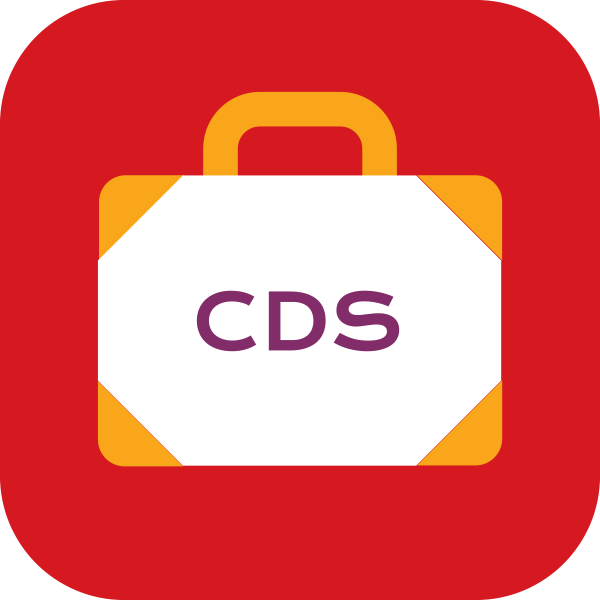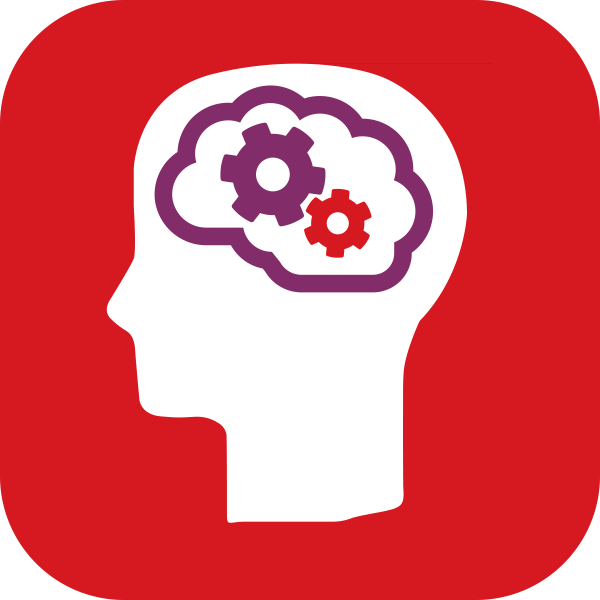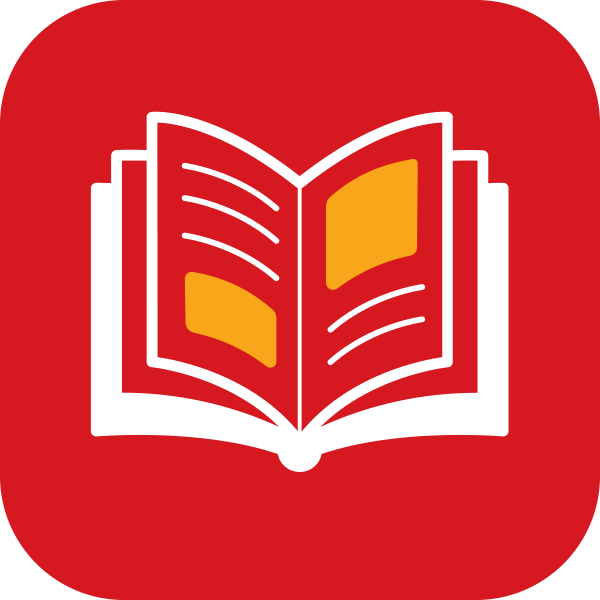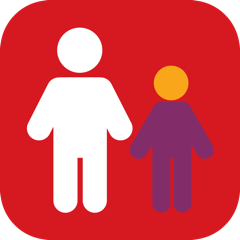I have been Deputy Head at Gabalfa Primary School since September 2012. I am the lead member of staff for assessment, behaviour, standards and target setting. I have taught in six very different schools and so have a wide range of experiences to bring to my role. I introduced GL Assessment’s Complete Digital Solution (CDS) (a ready-made digital package of their leading assessments) at our school in 2016 to provide concrete evidence of progress being made, not only academically but in terms of wellbeing. This introduction was welcomed by staff and has had an extremely positive impact.
An invaluable insight into our pupils
Like many schools, we hold pupil progress meetings three times a year. I sit with the Additional Learning Needs Co-ordinator and class teacher and discuss each pupil’s present attainment. From this current attainment, discussions take place and targets are set for the end of the year and the end of key stage. These in-depth discussions also enable us to establish what individual needs each child has and how we can provide for these. Assessing current attainment is guided by the professional judgement of each teacher. As a school, we carry out both internal moderation and moderation compared with other schools to ensure a thorough understanding of standards of attainment and a greater degree of accuracy. However, setting targets can be more difficult as a pupil’s potential is not always obvious. An individual’s strengths and weaknesses can be hidden behind a quiet persona, or often a loud one.
The Cognitive Abilities Test (CAT4) gives us the opportunity to see further into the strengths of our pupils. Pupils answer a variety of questions and the results are available to the teacher immediately. GL Assessment provides a wide range of useful reports – both individual and group as well as reports for pupils, teachers and senior leaders. Teachers and senior leaders can take from each report what they need to. In a world of challenging targets and accountability, CAT4 means we have an extra piece of armour in our kit when explaining the value added provided by the school.
The New Group Reading Test (NGRT) and New Group Spelling Test (NGST) provide us with important information at the beginning and end of the year about the progress of children in their reading and spelling skills. As the NGRT is adaptive, it offers a personalised experience for each pupil, ensuring it’s accessible for those who are struggling and challenging those who need to be stretched. It tests decoding and comprehension meaning the results give an accurate reflection of the child’s true reading ability. We have used the information from NGRT as part of performance management targets for small groups of underachieving pupils. GL Assessment has also introduced NGST (which is also adaptive) and we intend to use that this year.
With specialists scarce in schools these days, the Dyslexia Screener and Dyscalculia Screener give us important information about the possibility of a child demonstrating these tendencies. Armed with this information the school can put support in place to ensure pupils continue to make suitable progress. You can see how the assessments included in CDS begin to link together and give us an invaluable insight into our pupils. The information provided enables us to ensure value for money by providing support where it is needed. In Gabalfa Primary School, we know confidently that we have done everything we can to ensure each individual reaches their true potential thanks, in no small part, to CDS.
Gabalfa Primary School, Cardiff is one of our Advocate Partners






